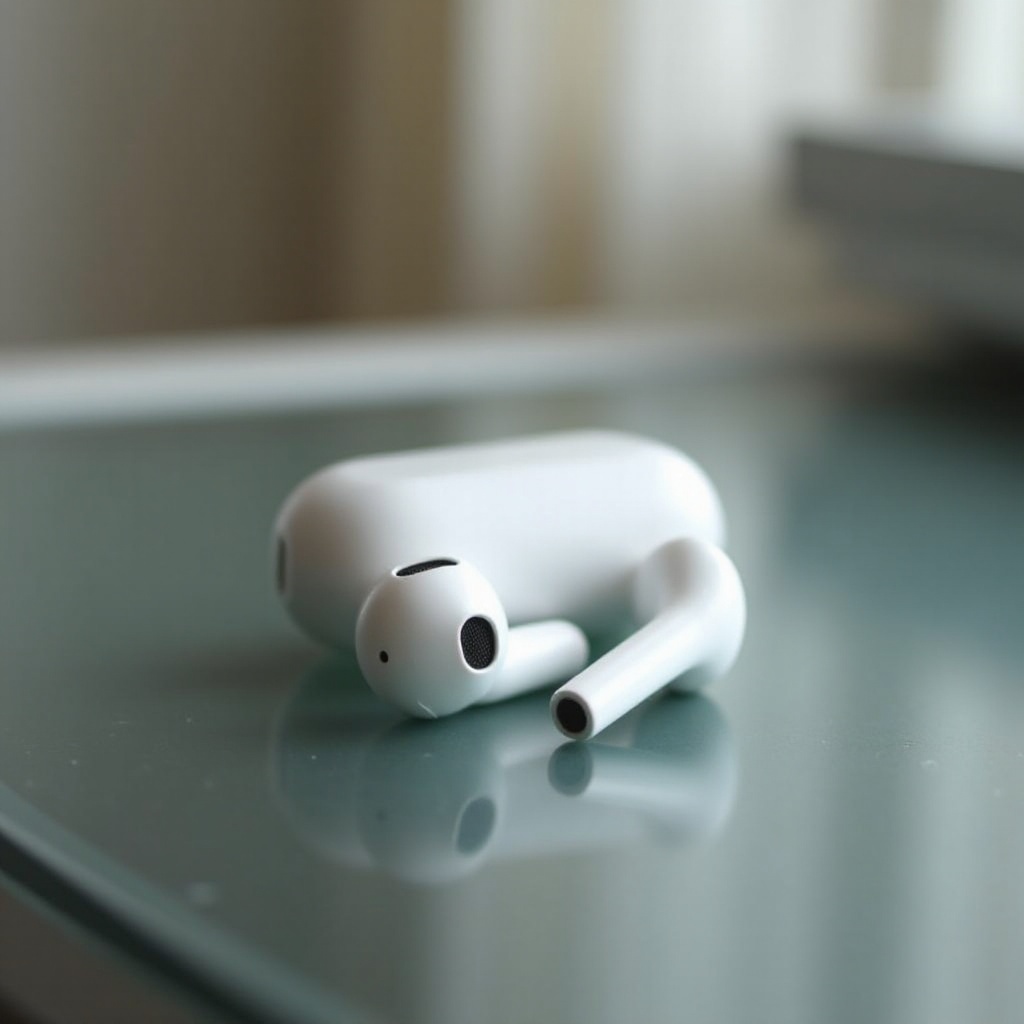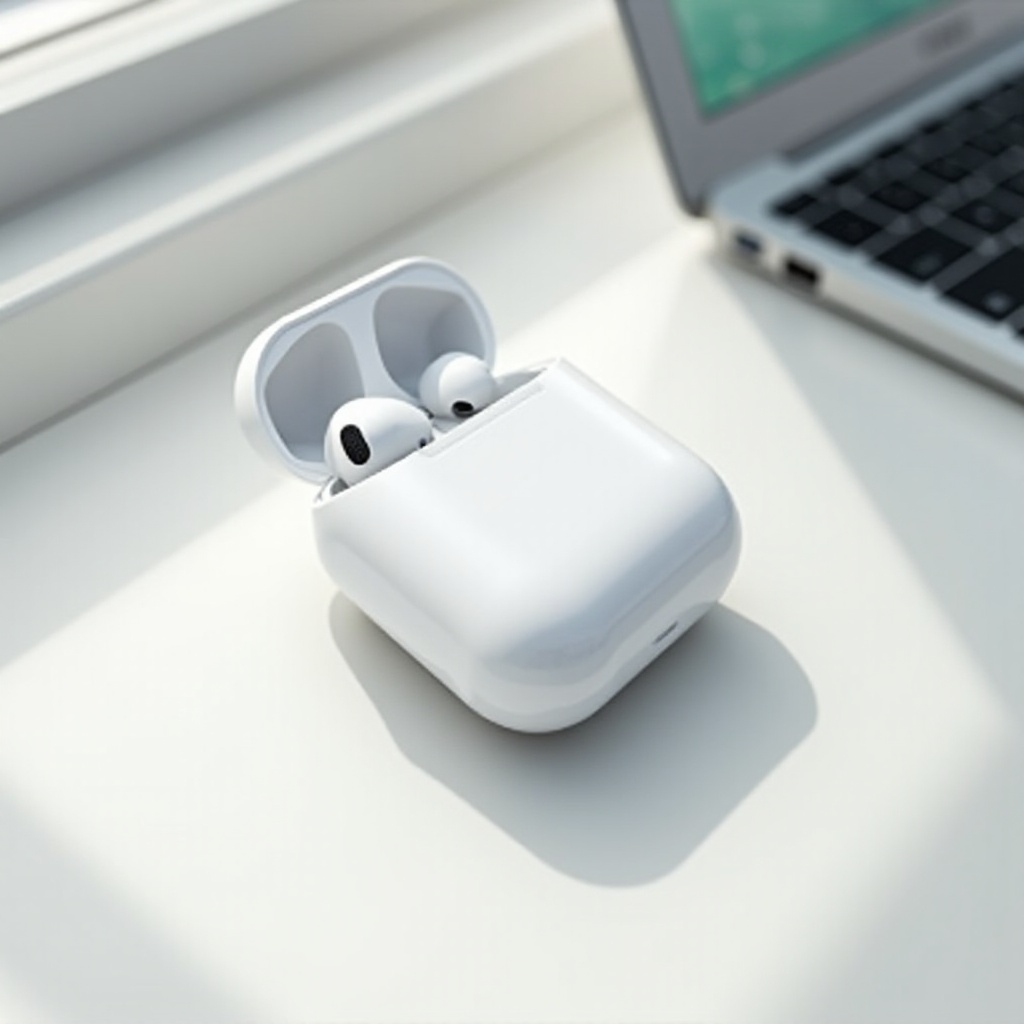Do AirPods Lose Battery When Not in Use?
Introduction
AirPods are not just another pair of wireless earphones; they are a symbol of seamless technology and convenience. However, a common concern among users is whether these tiny powerhouses lose battery when not in use. If you've ever wondered why your AirPods lose battery even when they are just sitting in their case, you're not alone. This article delves into the battery technology of AirPods, explains how battery drain happens even when idle, and offers practical solutions to mitigate this issue.

Understanding AirPods Battery Technology
Apple's AirPods utilize lithium-ion batteries, which are standard in most rechargeable gadgets today. These batteries are praised for their high energy density, longer lifespan, and ability to deliver a consistent power supply. However, lithium-ion batteries are not immune to depletion, even when not actively being used. Their design allows for a gradual loss of charge over time, whether they are powering your favorite songs or just resting in their case.
Moreover, AirPods are built with a sophisticated power management system that ensures efficient consumption of battery life. While not in use, AirPods engage in periodic communication with the paired device to check connection status. This ensures that when you actually want to use them, the transition is seamless. However, these checks, though minimal, do consume some amount of power.

How AirPods Battery Drains When Not in Use
Even though your AirPods might be sitting idle in their case, several factors contribute to their gradual battery drain. For one, as mentioned earlier, the lithium-ion battery itself experiences a natural leakage of power over time. This phenomenon, known as self-discharge, occurs in all batteries and is more pronounced in older or suboptimal battery conditions.
Another contributing factor is the operational status of the AirPods' internal components. Inside the case, they remain in a low-power mode, which is still an active state. The case itself contains a battery that maintains this low power mode. Besides, sporadic firmware updates and sync operations performed in the background also contribute to battery consumption. Though these activities are fundamental for keeping your device updated and ready for use, they inadvertently drain the battery.
Furthermore, if the AirPods are not placed correctly inside the case or if the case lid remains open, the AirPods might not switch off properly. In this situation, they might continue trying to establish a connection with your paired device, consuming more power.

Factors Affecting Idle Battery Drain
Several factors can accelerate the rate at which your AirPods lose battery while not in use:
- Battery Age: Older batteries tend to lose charge faster. The chemical efficiency of lithium-ion batteries degrades over charge cycles.
- Ambient Temperature: Extreme temperatures can negatively impact battery performance. Very high or low temperatures can accelerate battery drain and degrade battery health over time.
- Usage Patterns: Frequent use and charging cycles reduce the battery lifespan gradually. If your AirPods are frequently used and recharged, it contributes to the natural wear and tear of the battery.
- Storage Practices: Storing AirPods at full or empty battery levels can also affect their performance. It is ideal to keep them charged between 20% and 80% for optimal longevity.
Tips to Minimize Battery Drain While Not in Use
While battery drain in AirPods is inevitable to some extent, following these tips can help minimize it:
- Store Properly: Always ensure your AirPods are correctly placed in their case when not in use. Make sure the case lid is closed properly.
- Turn Off Bluetooth: If not using your AirPods for an extended period, turning off Bluetooth on your device can help reduce the pairing checks that consume power.
- Avoid Extreme Temperatures: Keep your AirPods away from direct sunlight or freezing environments. Ideal temperatures for storage are between 0°C and 35°C (32°F to 95°F).
- Update Firmware: Regularly check for firmware updates, as these often include power management improvements. Your AirPods are designed to update automatically when connected to an iOS device with an internet connection.
- Moderate Charging: Avoid leaving your AirPods case plugged in constantly. Overcharging can weaken the battery over time. Ideally, charge them up to around 80% and unplug them.
Comparing Battery Life Across AirPods Models
When discussing battery life and idle drain, it's insightful to compare models:
- First-Generation AirPods: Up to 5 hours of listening time, with the case providing additional charges giving up to 24 hours of listening time.
- Second-Generation AirPods: Slight improvement with up to 5 hours of listening time, more consistent performance in real-world usage.
- AirPods Pro: Enhanced battery life with active noise cancellation, providing up to 4.5 hours of listening time on a single charge and more robust battery management.
- AirPods Max: With their larger form factor, they offer up to 20 hours of high-fidelity audio, talk time or movie playback with Active Noise Cancellation and spatial audio enabled.
It’s important to note that newer models bring refined battery efficiency and superior low-power management features, reducing idle drain effectively compared to older versions.
Conclusion
AirPods do lose battery when not in use due to their inherent battery design and operational features. However, by understanding the contributing factors and adopting mindful usage and storage practices, you can minimize this drain significantly. Regularly updating firmware, avoiding extreme temperatures, and ensuring proper storage are simple yet effective steps in extending your AirPods’ battery life.
Frequently Asked Questions
Why do my AirPods lose battery when not in use?
AirPods utilize lithium-ion batteries, which naturally lose charge over time. The AirPods also perform periodic checks with paired devices and firmware updates, contributing to idle battery drain.
How can I store my AirPods to prevent battery drain?
To prevent battery drain, always store your AirPods in their case with the lid closed. Keep them in moderate temperatures and avoid leaving them connected to a power source for too long.
Is it normal for AirPods to lose battery overnight?
Yes, it is normal for AirPods to experience some battery drain overnight due to natural self-discharge and low-power activities such as connection checks and firmware updates.



